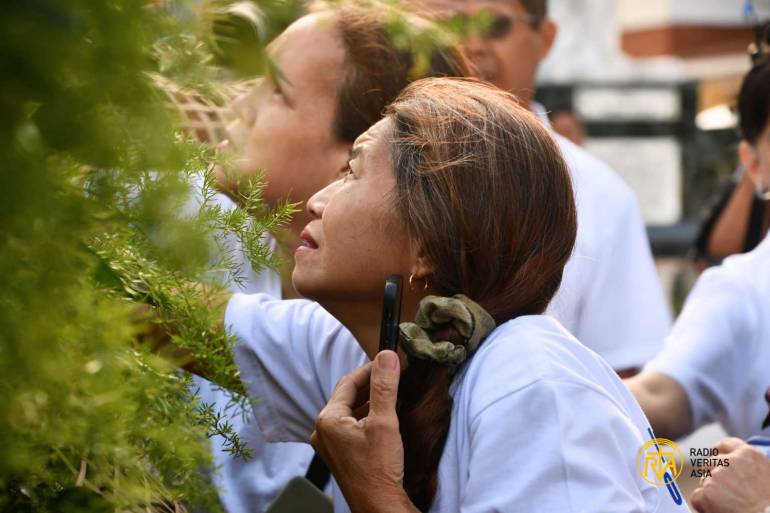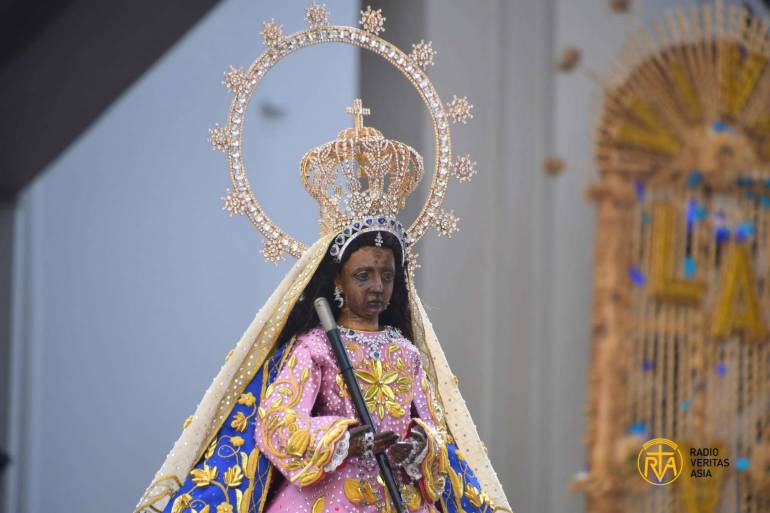Philippines' Antipolo Cathedral: the first international shrine in Southeast Asia
The Vatican elevated the Antipolo Cathedral to the status of an international shrine on January 26, 2024, making it the first of its kind in the nation and Southeast Asia after more than 400 years as a Catholic church.
Looking back
About 20 kilometers south of Manila, the Antipolo Cathedral (now) the International Shrine of Our Lady of Peace and Good Voyage was built by the Jesuits in 1591.
In 1639, the church was destroyed by the 2nd Sangley Rebellion, an uprising by Chinese Filipinos during Spanish colonial rule.
The Chinese dominated the trading at the time. They also outnumbered the Spanish in Manila.
The revolt claimed the lives of about 20,000 Chinese.
The church was restored after the rebellion, but the earthquakes in 1645, 1824, and 1863 that shook Antipolo damaged it.
Bombings destroyed it during World War II. In 1954, they built a new shrine after the war. In the same year, the Catholic Bishops' Conference of the Philippines (CBCP) declared it the National Shrine of Our Lady of Peace and Good Voyage.
In 1983, it became a cathedral. In 2004, the shrine dedicated itself to the Immaculate Conception, paving the way for the birth of the Immaculate Conception parish.
The cathedral is both a shrine and a parish.
Pilgrimage
The cathedral's pilgrimage season commences with the transfer of the image of Our Lady of Peace and Good Voyage from the shrine to the Quiapo church, where the Black Nazarene is enshrined.
The Quiapo church holds a mass in the morning. A procession from the Quiapo church to Antipolo Cathedral follows a farewell mass in the afternoon. The procession is about 30 kilometers long.
Annually, on the first day of May, they return the image to the shrine.
Every first Tuesday of May, the cathedral holds a morning procession to Pinagmisahan Hill. On the hill, a mass is celebrated. The mass signals the start of the pilgrimage season, which runs from May to July.
According to Fr. Reynante Tolentino, a rector at the shrine, the cathedral draws one million to two million pilgrims every year.
Observers see more pilgrims to the shrine after its elevation to international status.
People pay the cathedral a visit for a safe journey. Car owners also bring their new vehicles to the church for blessings and safe travels.
Pilgrims and tourists would know they were approaching the shrine when an on-foot cashew nut vendor waved at their car, inviting them to buy. These vendors make hand gestures to lead visitors in the direction of the cathedral.
Antipolo is known for roasted cashew nuts.
Elevation to international status
More than 80 bishops from across the country joined devotees at the event.




Archbishop Charles John Brown, Apostolic Nuncio to the Philippines, presided over the Rite of Solemn Declaration of the Antipolo Cathedral as the International Shrine of Our Lady of Peace and Good Voyage.

"This solemn declaration is very important to us Filipinos, especially the devotees of Antipolo, because this is the first in the Philippines and Southeast Asia."
Marian devotees have expressed joy over the shrine's elevation to international status.
"I feel blessed to have attended this historic declaration of Our Lady of Peace and Good Voyage as an international shrine," Emerita Lucero commented on the social media page of Antipolo Cathedral.
She also expressed gratitude to Our Lady of Peace and Good Voyage for its "unceasing intervention."
"I'm proud to be a part of this solemn declaration and coronation of our dear Nuestra Señora de la Paz Buen Viaje (Our Lady of Peace and Good Voyage)," said Mary Joyce Alfaro Quintana.
The devotees of Our Lady of Peace and Good Voyage hold high the new status of the shrine.
"This solemn declaration is very important to us Filipinos, especially the devotees of Antipolo, because this is the first in the Philippines and Southeast Asia," Tolentino said. "So, we want to thank Pope Francis for this title."
According to the CBCP, Our Lady of Peace and Good Voyage is the first Marian shrine in Asia. It is also the 11th international shrine worldwide.












